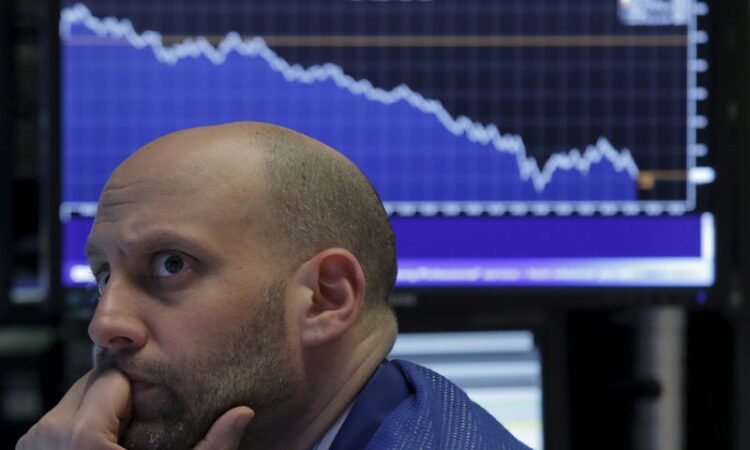

© Reuters. U.S. Dollar Falls as Fed Signals Shift Towards Rate Cuts
Quiver Quantitative – The U.S. dollar experienced a significant decline, marking its most substantial two-day drop since July, in the wake of the Federal Reserve’s latest policy meeting. This decline was driven by a shift in investor outlook on U.S. interest rates, influenced by the Fed’s indication that it is starting to consider when to implement interest-rate cuts. The Bloomberg Dollar Spot Index, a key measure of the dollar’s strength against a basket of global currencies, dropped as much as 0.8% to its lowest point since August. This drop came on the heels of a similar 0.8% fall following the Fed’s announcement.
The dollar’s decline was not isolated; it was part of a broader movement in the currency market as major central banks, including the European Central Bank (ECB) and the Bank of England (BOE), held their rates steady. The euro and the pound sterling both saw gains of over 1% against the dollar, reflecting the market’s reaction to the central banks’ decisions to maintain their current interest rates. Additionally, the onshore Chinese rose nearly 1%, further demonstrating the dollar’s widespread retreat against its global counterparts.
Market Overview:
-Dollar tumbles on dovish Fed shift, paving the way for global easing narrative.
-Bloomberg Dollar Spot Index plummets, marking the biggest two-day decline since July.
-Euro and pound rally against the greenback, buoyed by their central banks’ hawkish stance.
-Emerging market currencies, including the Chinese renminbi, join the party, celebrating the easing tide.
Key Points:
-Wednesday’s Fed meeting sparked a global monetary pivot, with investors anticipating future rate cuts in the U.S.
-The dollar, which thrived on Fed hawkishness, now faces the brunt of the dovish shift, weakening against major currencies.
-The euro and pound, buoyed by their central banks’ commitment to fighting inflation, surge past the greenback.
-Emerging markets, relieved from the dollar’s dominance, witness their currencies strengthen, offering a glimmer of hope for global trade and investment.
Looking Ahead:
-The dollar’s trajectory hinges on the Fed’s future actions and incoming economic data, particularly inflation readings.
-European central banks’ monetary policy decisions will also remain in focus, potentially shaping the pace and magnitude of the global easing wave.
-Investors will closely monitor the interplay between central bank policies and economic realities, navigating the potential for market volatility and policy surprises.
This shift in the currency market underscores the larger trend of global monetary easing, as central banks pivot from their previous tightening measures. The Fed’s potential move towards interest rate cuts, a response to easing inflation pressures and a cooling global economic environment, has had a ripple effect, influencing both developed and emerging market currencies. The dollar’s decline is a clear indicator of this changing monetary landscape, as investors recalibrate their expectations in light of the new data and central bank guidance.
The dollar’s trajectory in the coming months will likely be influenced by a range of factors, including ongoing central bank decisions, inflation trends, and global economic indicators. However, the current trend points to a weakening dollar in the short term, as markets adjust to the likelihood of a less aggressive U.S. monetary policy stance in the face of a shifting global economic landscape.
This article was originally published on Quiver Quantitative






